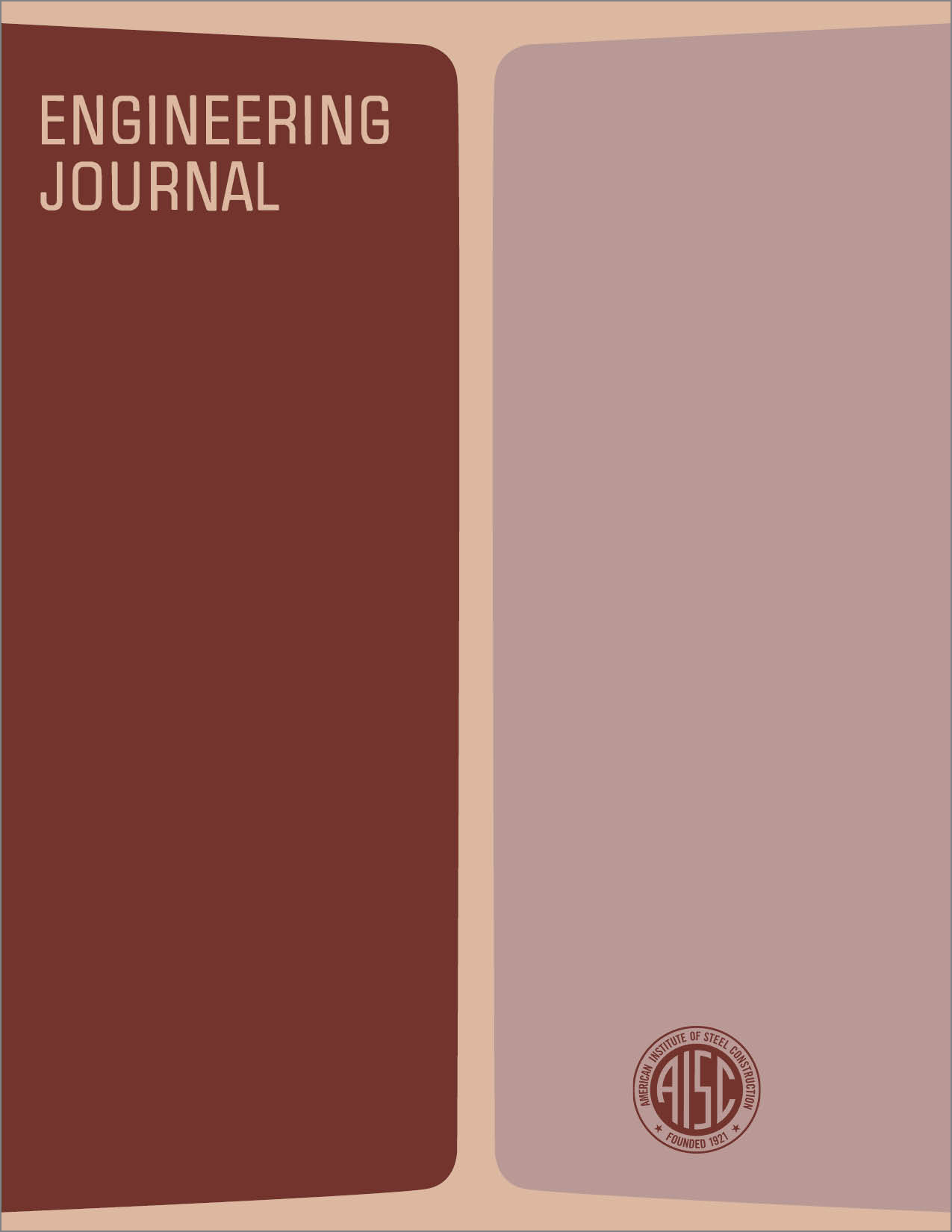Temperature Effects on Tall Steel Framed Buildings Part 1-Response of Steel Columns to Temperature Exposure
DOI:
https://doi.org/10.62913/engj.v7i4.153Abstract
In tall buildings the steel frame is usually inside the curtain wall line, so that the columns are protected from the temperature fluctuations of the weather (Fig. 1a). In this constant temperature position the length of the column remains constant and stresses due to temperature change are avoided. Many new designs place the columns on the wall line, where they are subjected to temperature variations which are a portion of the variations in the weather air temperature. The American Iron and Steel Institute sponsored research to determine the response of columns to changes in air temperature and what effects these responses might have on dimensions and stresses. A standard 14-in. wide flange section weighing 228 lbs per ft was selected for two columns to be exposed simultaneously. Three column locations were used to simulate the face-exposed, semi-exposed, and fully exposed locations of the column in the wall. In the first instance, only the outside flange extended beyond the wall line. In the second case, the wall line intersected the neutral axis of the column. In the fully exposed position, the entire web of the column was beyond the wall line. The bare or uncovered columns were observed, as well as columns with covers and various arrangements of insulation and fireproofing. Temperatures were observed at numerous locations on the column, after equilibrium had been attained with a warm-side air temperature of approximately 75°F and cold-side air temperatures of 20°, 0° and —20°F.

